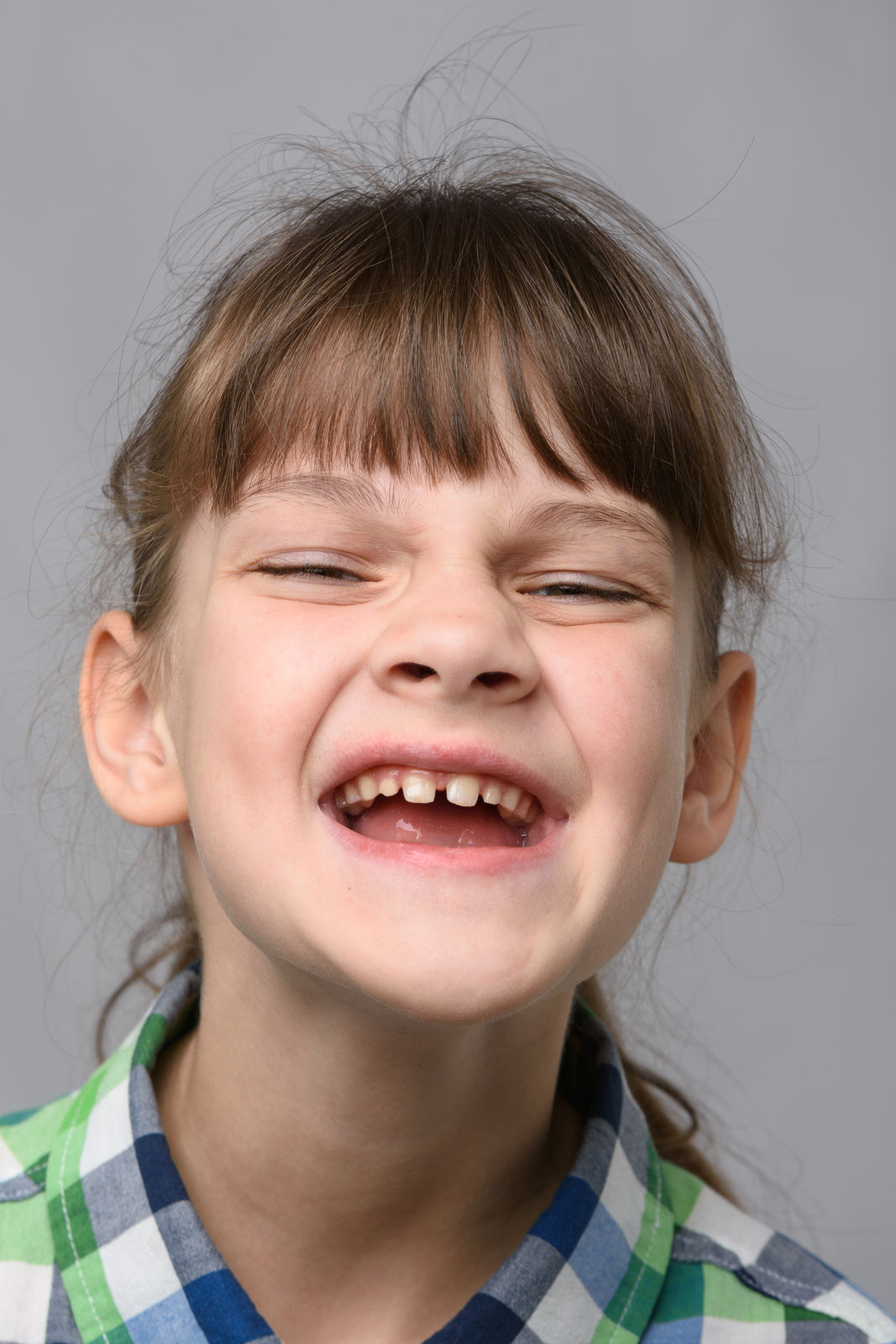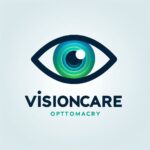Understanding Myopia: A Guide for Parents
Is your child having trouble seeing far-away things? Do they often squint or say their head hurts?

Key Takeaways:
- Myopia, or nearsightedness, makes distant things look blurry.
- Symptoms include squinting, bringing things close to their face, and headaches or eye strain.
- Spending a lot of time on screens and family history can make myopia more likely.
- Less screen time and more time outside can help slow myopia down.
- Getting your child’s eyes checked often can find myopia early, so they can get help.
Symptoms of Myopia in Children
What to look for
Knowing the signs of myopia in kids is key to finding it early and getting fast help. As a mom or dad, you should watch for these signs that might mean your child has eye issues. Myopia symptoms in teens show in a few different ways, such as:
Squinting
Holding reading materials close to their face
Sitting close to the TV
Complaining of headaches or eye strain
What Parents Should Know:
“If your child often squints, keeps things up close, or says their head or eyes hurt, it might be myopia. Stay alert and see an eye doctor to look after your child’s vision.”
Myopia Trends and Risk Factors
Myopia, also known as nearsightedness, is a vision problem many kids and teens face. Recently, the number of people with myopia has gone up a lot. This is true all over the world, and the United States is no exception. Knowing about myopia’s trends and risks is very important for parents.
The use of smartphones, tablets, and computers is a major cause of myopia in kids today. These devices make kids spend more time up close, like reading or playing games. This can tire their eyes and make myopia more likely.
Spending time outdoors helps protect against myopia. Studies show that more daylight play can lower the chance of getting myopia. Sunlight is good for the eyes, and it helps them grow healthy, preventing myopia.
Myopia can be inherited. If one or both parents have myopia, their children are more likely to get it. But, the environment is also key in myopia’s development.
“The increasing use of handheld electronic devices, less time spent outdoors, and genetic factors contribute to the development of myopia in children.”
Myopia Prevention and Management Strategies
Healthy Habits for Myopia Prevention
“Spending time outdoors exposes the eyes to natural light and helps reduce the risk of developing myopia.”
Regular Eye Exams for Early Detection
Regular eye exams help catch myopia early and monitor its progress. Kids should have their first eye exam at 6 months, and another at 3 years. After that, they need eye exams every two years until 18. Kids with myopia may need more frequent exams. This helps track the myopia’s progress and adjust the treatment as needed.
Eye exams give crucial insights into your child’s vision health. They allow for quick action if myopia is found early. An eye care pro can spot myopia’s severity, track changes, and suggest the best treatments for your child.
Specialized Treatment Options for Myopia Management
Besides lifestyle changes and eye check-ups, there are advanced treatments for myopia management.
Orthokeratology (Ortho-K) uses special contact lenses that you wear while sleeping. These lenses reshape the cornea overnight, which can correct myopia. During the day, your child won’t need glasses or contacts to see clearly.
Another good option is myopia control soft contact lenses. These lenses slow down how fast the eyeball lengthens, a key factor in myopia’s advance. With these lenses, your child’s eyes may be less likely to get worse.
Low-dose atropine drops might also help manage myopia. You put these drops in your child’s eyes every day. They work by relaxing the eye muscles, which can slow down myopia’s speed.
Summary
Importance of Eye Exams for Myopic Children
Regular eye exams are vital in finding and dealing with myopia in kids early. It’s best if kids have their first full eye exam around six months old. They should have another at three years old. After that, they need an eye exam every two years up to when they turn 18.
If a child is already diagnosed with myopia, they will need more eye exams. These will help the doctor check how the myopia is changing. The doctor can then adjust the treatment plan as needed.
Spotting myopia early helps in starting interventions to slow its progress. These early steps can prevent vision from getting worse. Regular eye exams spot vision or eye health changes early. This lets parents and doctors act fast. It helps handle myopia well and avoids severe issues like retinal detachment, glaucoma, and cataracts.
At an eye exam, the optometrist checks how well the child sees and evaluates eye health. They measure the need for glasses or contacts, too. Sometimes, the doctor might dilate the child’s pupils to see the back of the eye better. This way, the doctor can make personalized plans to manage the myopia.
Eye exams are also a time for parents to bring up any vision worries they have. The optometrist can share tips on keeping eyes healthy, like not sitting too close to screens. They can also talk about taking breaks from close-up work and using enough light.
Following a regular eye exam routine will help keep a kid’s eyes healthy. Early spot and right care are crucial. They make sure myopic kids can see well and avoid eye trouble in the future.
Conclusion
It’s important for parents to understand myopia’s effects on their children. Knowing the signs, causes, and how to prevent it helps safeguard your child’s vision. This way, you can help maintain their eye health.
Eye check-ups are crucial in detecting and managing myopia early. Kids should get a thorough eye test at six months and another at three years. After that, they should have an exam every two years up to age 18. These checks allow for timely actions and changes in the treatment if necessary.
Along with eye exams, developing healthy routines is beneficial. For example, limit screen time, encourage outdoor play, and maintain proper posture when doing close-up tasks. Special treatments like Ortho-K, myopia control contacts, and low-dose atropine drops are also effective in reducing myopia’s progression in children.
By learning about myopia and its treatments, you can protect your children’s eyesight. Early action and being proactive are essential in lessening myopia’s effects. It helps ensure good vision for your kids in the long run.
FAQ
What are the symptoms of myopia in children?
Children with myopia may squint, hold books close, and sit near the TV. They might also complain of headaches or eye strain. These symptoms show they struggle to see distant objects clearly.
What are the trends and risk factors associated with myopia?
Myopia is becoming more common worldwide, especially in the United States over the last thirty years. Handheld devices, spending less time outside, and genetics all play a part. If a child’s parents are myopic, the child is more likely to be too.
What strategies can parents implement to prevent and manage myopia in their children?
Limiting screen time, promoting outdoor activities, and teaching good habits like posture and proper lighting help. For managing myopia, orthokeratology (Ortho-K) and specialized contact lenses can slow its progression. Low-dose atropine drops are also effective.
Why are regular eye exams important for myopic children?
Regular eye exams are key for catching myopia early in kids. Children should get an eye exam at 6 months and another at age 3. After that, they should have an exam every two years until 18.
If a child already has myopia, they may need more frequent check-ups. This helps to track its progress and adjust treatment as needed.
